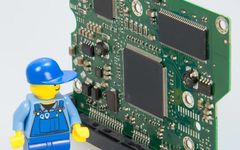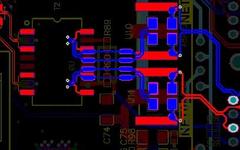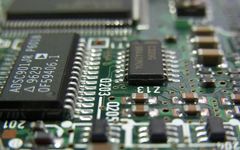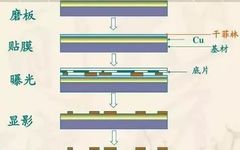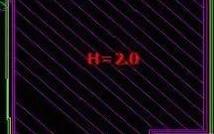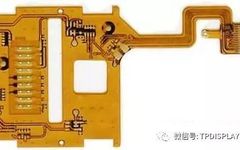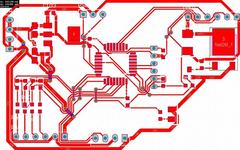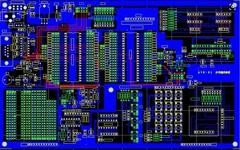Comprehensive Guide to PCB Types for Beginners
As a support for electronic components and a provider of electrical connections, printed circuit boards (PCBs) play a crucial role in the electronics industry. Based on different classification criteria, PCBs can be divided into various types. So, do you know what types of PCBs exist? What are their differences? 1. Structural Classification Single-sided board: The … Read more
